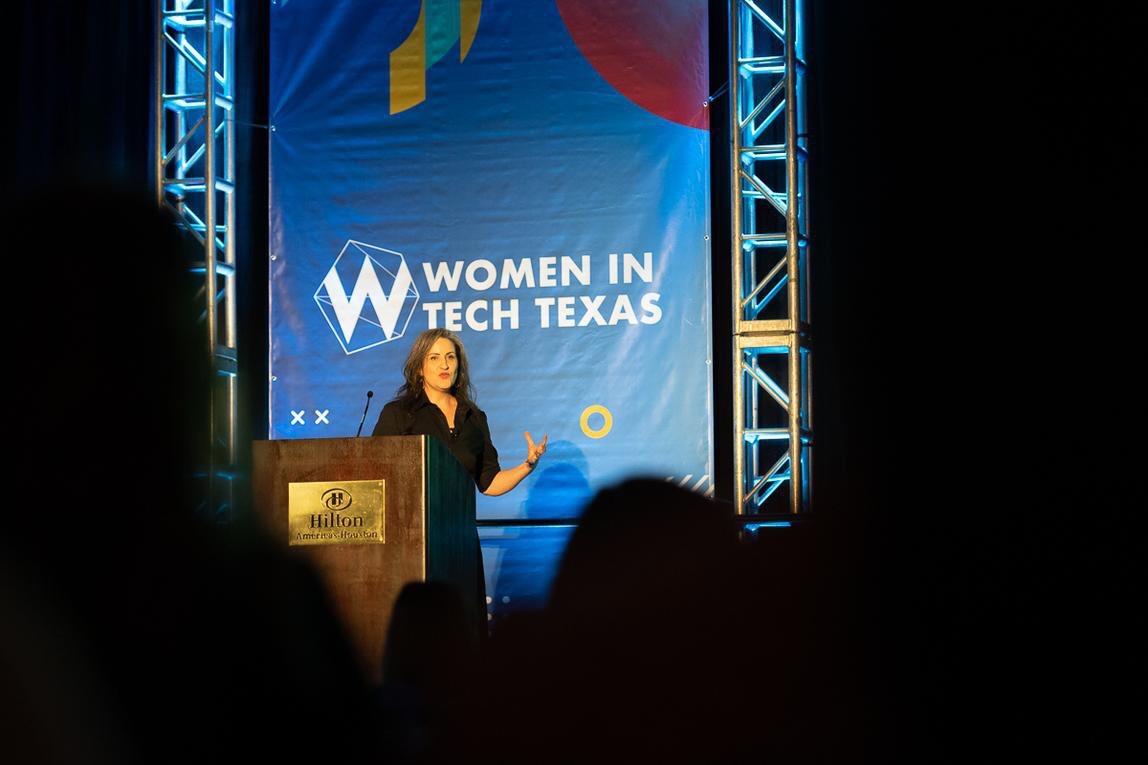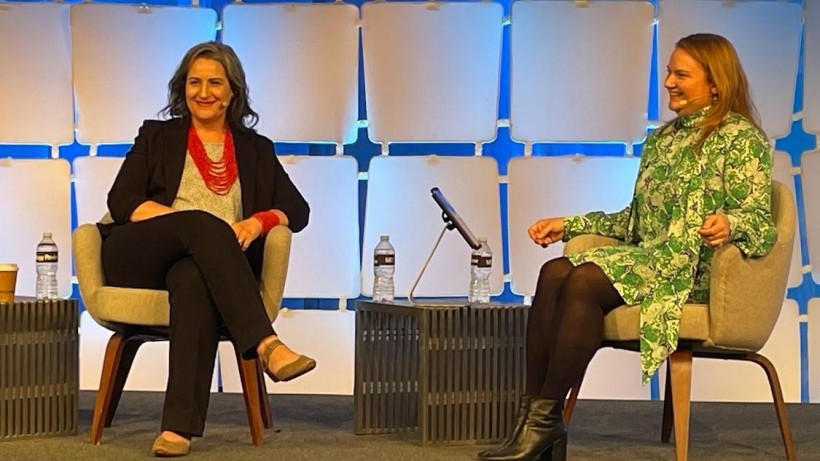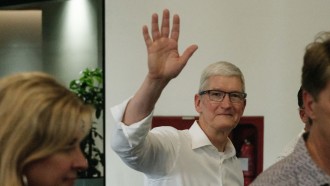
When it comes to working together as a team, video conferencing just doesn't cut it anymore. Employees working from home are isolated from one another and disengaged among experiencing other challenges. Elizabeth Bieniek and her team at Webex have created a solution to this ongoing problem using cutting edge, brand-new technology.
When the Coronavirus pandemic emerged over two years ago, it impacted all aspects of our lives, shifting the way people work and interact with one another in a professional environment. Spending 40+ hours a week in an office together changed to a hybrid or remote working model, consisting of daily video conferences almost overnight.
Although it was enjoyable for many at the beginning, the hoo-haa of wearing pajamas during business meetings and the flexibility of working from home eventually wore off, and remote work presented a unique set of challenges for employees and business owners alike.
Disengagement from team members, and poor wifi connections were just the tip of the iceberg, as a deeper rooted issue concerning the lack of social interaction and the impact it could have on the workplace became the new topic of conversation. Although you may not be especially close with your office co-workers, face-to-face communication is an important part of human behavior. Thus the concern over our new concept of "normal," substantially grew.
But what if there were a cutting edge solution to this problem, and a new facet of workplace collaboration on the horizon? A disruptive innovator named Elizabeth Bieniek has worked to co-develop a technology that allows humans to go back to the basics, and interact with one another in the way we were always meant to, even when working remotely.
Bieniek is the Co-Founder of Webex Hologram, the industry's first holographic collaboration system, that enables a feeling of co-presence during meetings by delivering photorealistic holograms in real-time. Although we couldn't meet with Bieniek today via hologram to chat about the technology, she joined us over video call to discuss how it can be used to enhance human interaction in today's working environment.

"Over video, I can see you, I can hear you, and we can have this back and forth conversation, but if I wanted to show you how something works, or get inside something, it's really hard for you to experience spatial awareness because this interaction is flat," Bieniek explains, speaking to the limitations of this medium.
"Our world on the other hand, is not flat, so when you can use technology to add multidimensionality to it, it becomes 3-dimensional, and that's the part that I get excited about because we're adding elements of normal human interaction to a technology experience," she says.
In order to better understand the benefits of holograms and how they can enhance human connection, Bieniek invites you to think about what happens when you meet someone for the first time.
"You make all of these judgments in the first interaction, and if you think back to early collaboration technology, you were going purely off voice inflection. When society evolved to video, you were then able to read facial reactions, and body language. I can tell if you're paying attention to me or you're typing off on the side. You can get a much more in-depth interaction as technology evolves," she explains.
You can understand one another much better when you start adding other elements of technology, and that's what Bieniek and her team prioritize at Webex. They take all of these different technological elements to facilitate an amazing, human-centric interaction, and the result of that is real-time, holographic collaboration.
"The entire world runs on relationships," she says. "Everything in business, everything in life, it all comes down to who knows who and if you trust them. That's how we sell, that's how we buy, that's how we interact, and how we make deals. That's how the world works because we are social creatures and we operate based on trust," she adds. With 1 in 4 people in the U.S. experiencing Zoom fatigue, Bieniek's technology comes at the perfect time.
"When your technology gets closer to mirroring real life, that's when people get more engaged. So that's the part that I get excited about," she says. "But I don't ever see technology as a replacement for real life. Getting together with someone face to face, having a beer, shaking a hand, those kinds of interactions are the holy grail of communication. You can never really replace that. But when you experience holograms, when somebody's on the other side of the world and you want to interact with them, it might be the best possible substitute," she concludes.
Elizabeth Bieniek is a pioneer in the technology space, having conceptualized startups for Cisco's multibillion-dollar Collaboration & Security business, and she is the Co-Founder of Webex Hologram, the industry's first holographic collaboration system of its type. To further explore the possibilities and be an early adopter of Webex Hologram, check out their website today.
* This is a contributed article and this content does not necessarily represent the views of techtimes.com





